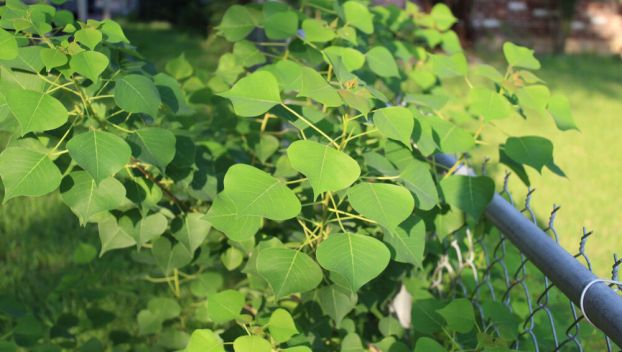
Uncategorized
Invasive Plants: Exotic Beauties Can Have Devastating Results
Some non-native plants introduced into our landscapes as ornamentals have escaped to become invasive weeds with negative impacts ... Read more

Some non-native plants introduced into our landscapes as ornamentals have escaped to become invasive weeds with negative impacts ... Read more